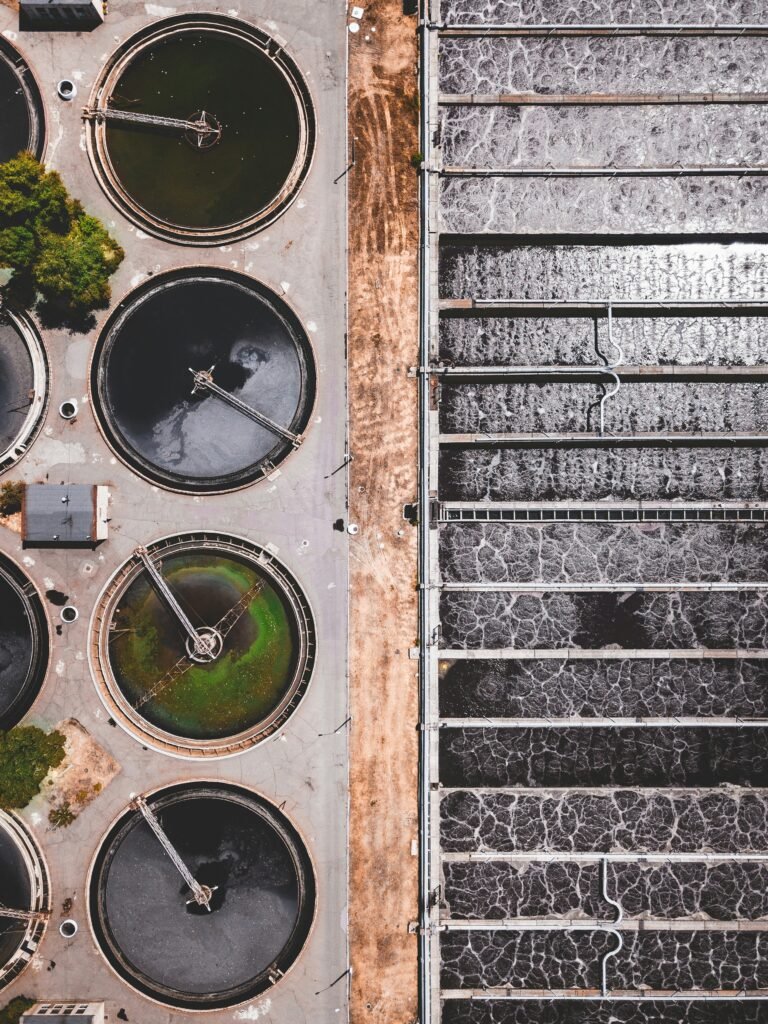Understanding filtration terminology is crucial for selecting the right industrial filtration system. As a leading manufacturer, supplier, and exporter from Gujarat, India, Unimarshal Technologies Pvt. Ltd. presents a comprehensive glossary to help industries make informed decisions.
A
Absolute Filtration Rating – The maximum particle size that a filter can remove with 99.9% efficiency.
Adsorption – The process by which contaminants adhere to the surface of a filter media, commonly used in carbon filters.
Airborne Particulates – Tiny solid or liquid particles suspended in air, requiring filtration through HEPA filters.
Air Filter – A device designed to remove airborne particles from air streams in HVAC, industrial, and automotive applications.
B
Bag Filter Housing – A filtration unit that holds a liquid filter bag, used in industries like food & beverage and chemical processing.
Beta Ratio – A measurement of a filter’s efficiency in capturing contaminants at a specific particle size.
Blowback Filtration – A self-cleaning filtration method using reverse airflow to remove dust from filter elements, as seen in dust collection systems.
C
Cartridge Filter – A replaceable filter element housed in cartridge filter housings to remove contaminants from liquids and gases.
Coalescer Filter – A specialized filter that separates liquid droplets from gases or immiscible liquids.
Contaminant Load – The total amount of unwanted particles in a fluid that a filter must remove.
Compressed Air Filter – A filter designed to remove moisture, oil, and solid particles from compressed air systems.
D
Depth Filtration – A filtration method where contaminants are trapped within the depth of the filter media, used in wound filter cartridges.
Differential Pressure – The pressure difference between the inlet and outlet of a filter, indicating when a filter needs replacement.
Dust Collection Bag – A specialized filter bag used in industrial dust collection systems to capture airborne particulates.
Dust Collection Cartridge – A pleated filter cartridge designed for high-efficiency dust collection.
E
Efficiency Rating – The percentage of particles a filter can remove at a specific micron size.
Electrostatic Filtration – A filtration method that uses electrostatic charges to capture fine dust and pollutants.
Extended Life Filter Bag – A specially designed filter bag that provides longer service life and higher dirt-holding capacity.
F
Filter Cake – The layer of trapped contaminants that accumulate on the surface of a filter media.
Filter Housing – A structure that holds and protects filter elements, such as bag filter housings and cartridge filter housings.
Flow Rate – The volume of fluid a filter can process per unit of time, crucial in hydraulic filters and gas turbine filters.
Filter Media – The material used in a filter to capture contaminants, such as polypropylene, polyester, or stainless steel.
G
Gas Turbine Air Intake Filter – A high-efficiency filter that removes contaminants from the air before entering gas turbines.
Graded Density Filter – A filter with layers of different porosities, enhancing filtration efficiency.
H
HEPA Filter – High-Efficiency Particulate Air Filter that captures 99.97% of particles as small as 0.3 microns.
Hydraulic Filter – A filter used in hydraulic systems to remove contaminants from fluids, available as high-pressure, return-line, inline, and suction strainer filters.
I-L
Inline Filter – A filter installed directly in a fluid or gas flow path to remove contaminants.
ISO Cleanliness Code – A standardized rating system that defines the level of contamination in hydraulic and lubrication systems.
Liquid Filter Bag – A high-performance filter used in industries for removing solid impurities from liquids.
Low-Pressure Drop – A characteristic of efficient filters that allows fluid to pass through with minimal resistance.
M-P
Micron Rating – The size of particles a filter can remove, commonly ranging from 1 to 200 microns.
Membrane Filtration – A filtration process that uses a semi-permeable membrane to separate contaminants.
Nominal Filtration Rating – A general indication of a filter’s ability to remove particles of a specific size with lower efficiency than absolute-rated filters.
Panel Filter – A flat filter used in HVAC and air filtration systems for pre-filtration.
Pocket Filter – A multi-layer air filter designed for high dust-holding capacity.
Porosity – The ratio of open space in a filter media, determining its filtration capacity.
Q-Z
Quality Filtration – The process of ensuring high efficiency and durability in industrial filtration systems.
Reverse Flow Cleaning – A method where air or liquid is reversed through a filter to remove accumulated contaminants.
Return-Line Filter – A hydraulic filter placed on the return line to protect pumps and other components.
Suction Strainer – A filter installed in a hydraulic system’s suction line to prevent large contaminants from reaching the pump.
Surface Filtration – A filtration method where contaminants are trapped on the surface of the filter media.
Vacuum Filter – A filter that operates under vacuum conditions to remove contaminants from liquids or air.
Y-Strainer – A filtration device that removes solid debris from liquids and gases, preventing damage to downstream equipment.
Conclusion
This glossary serves as a valuable resource for industries relying on advanced filtration solutions. As a trusted manufacturer, supplier, and exporter from Gujarat, India, Unimarshal Technologies Pvt. Ltd. ensures top-tier filtration products to meet diverse industrial needs.
For customized filtration solutions, contact us today!


